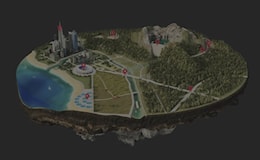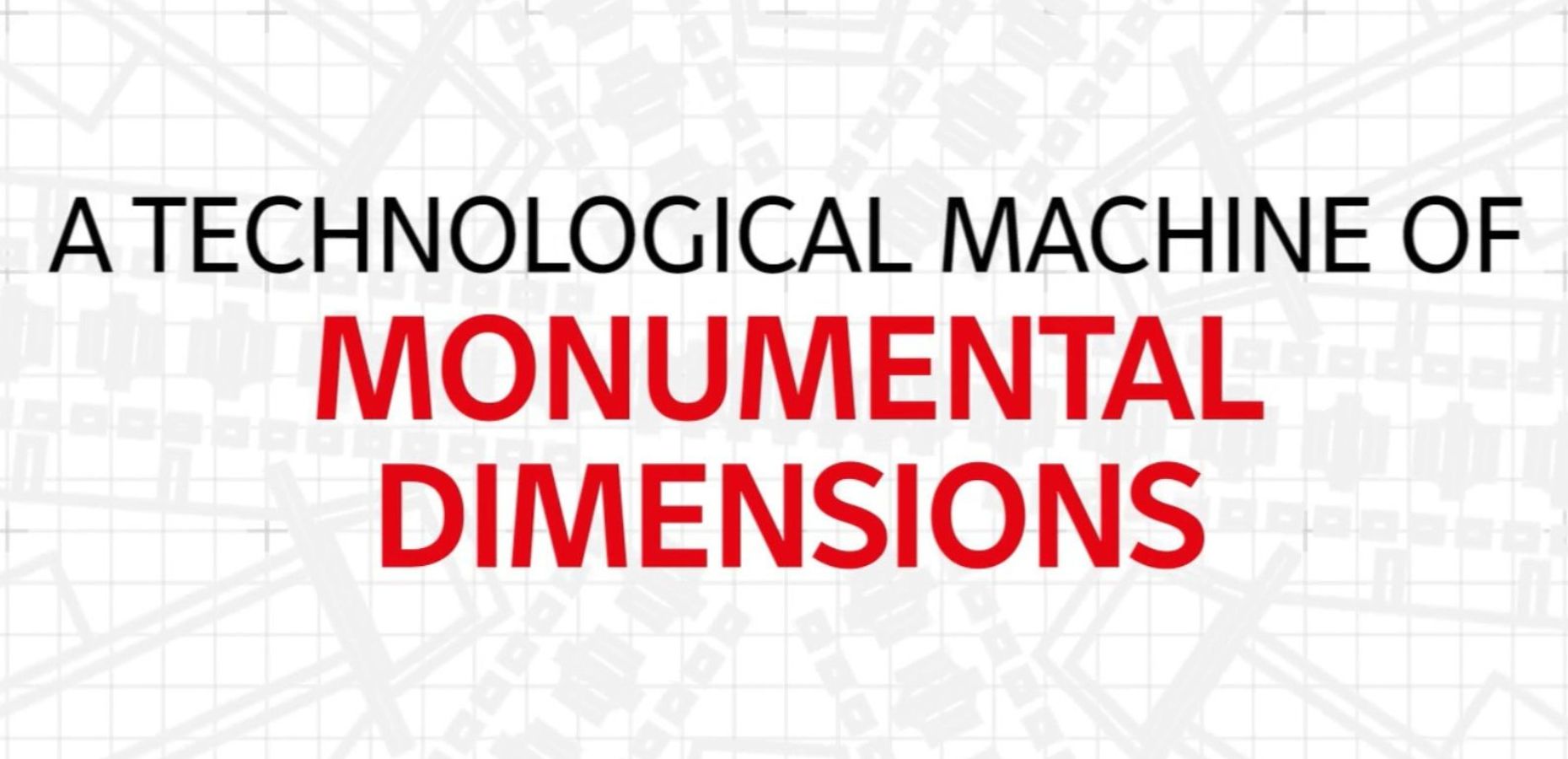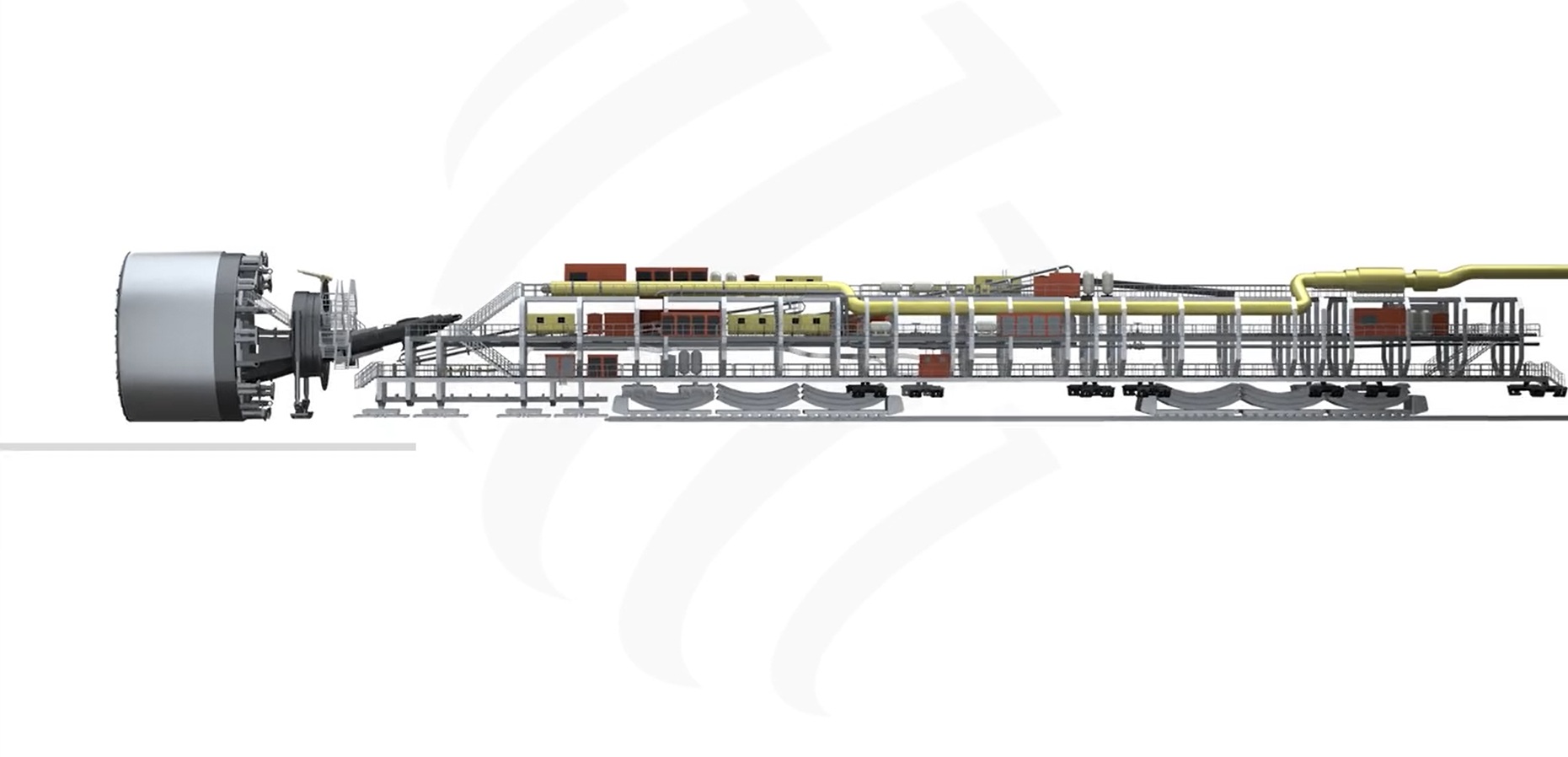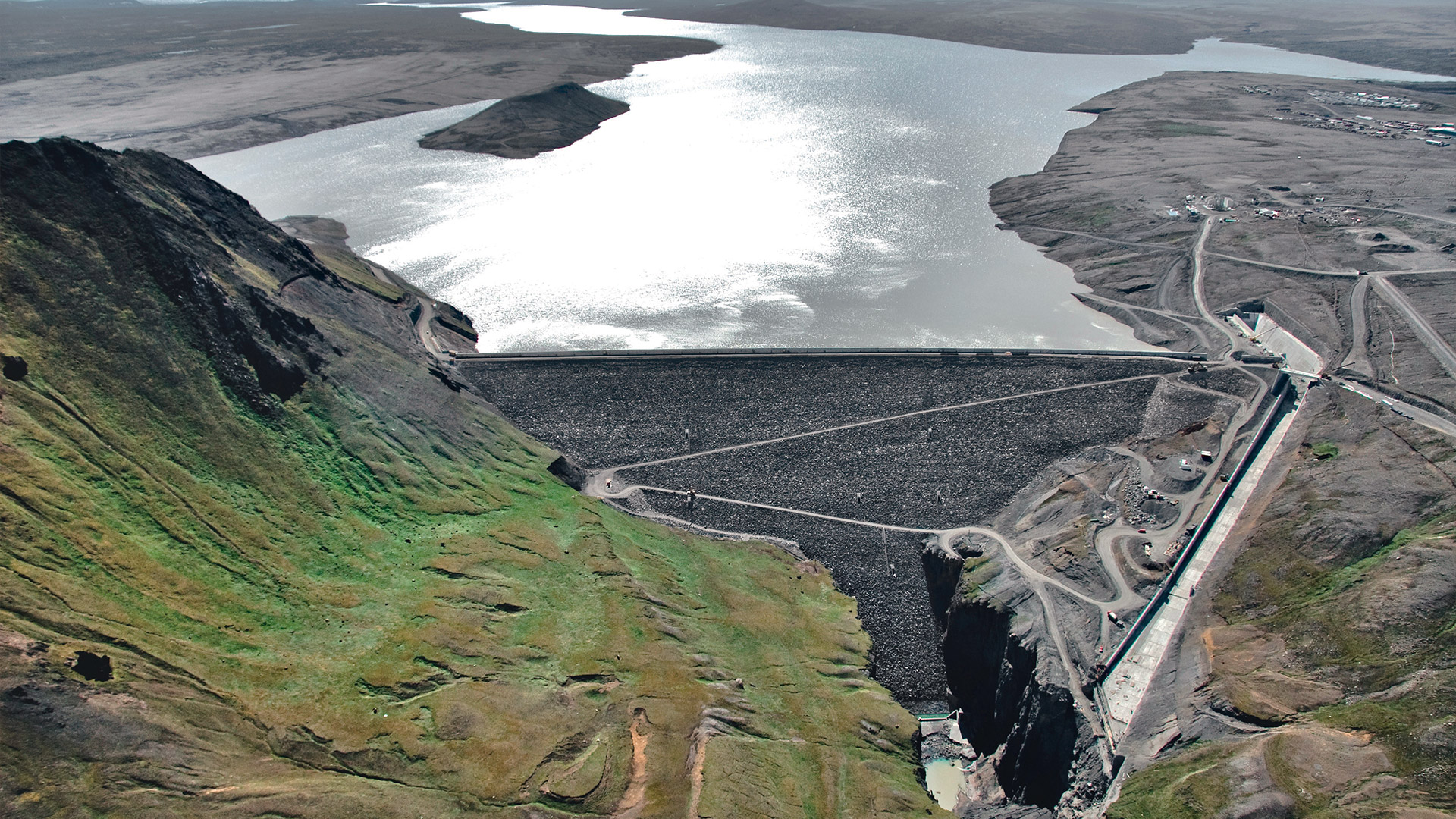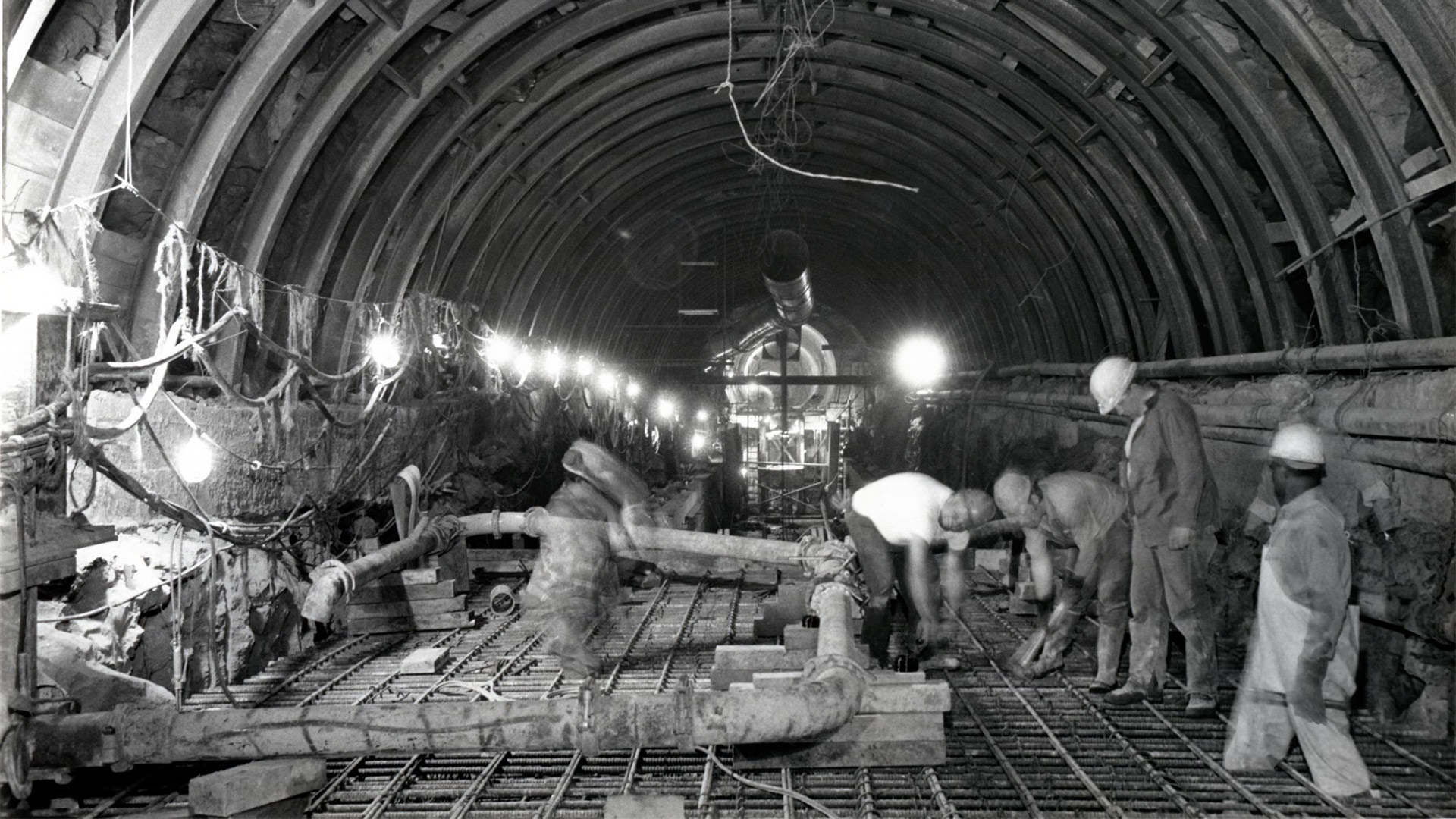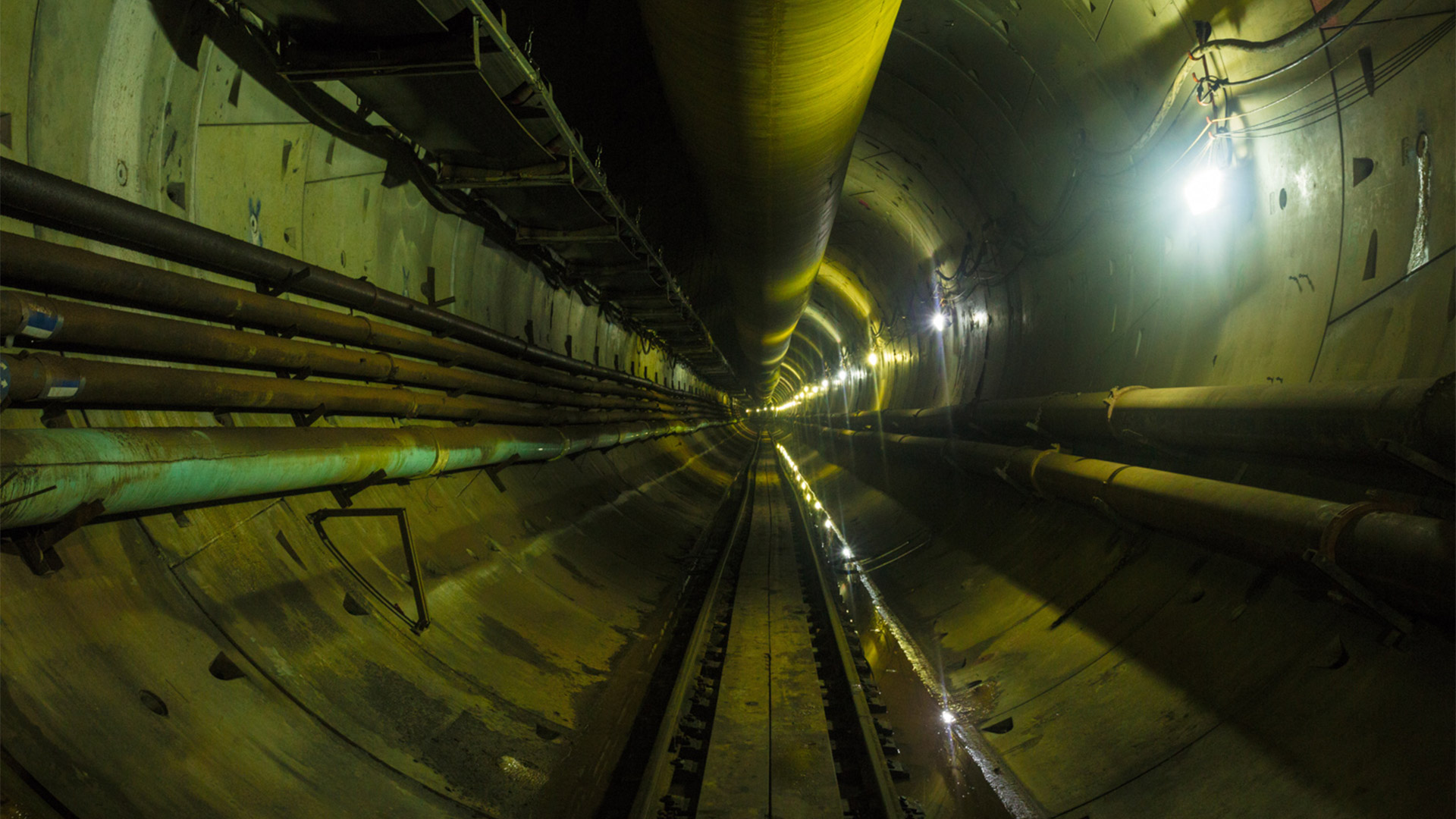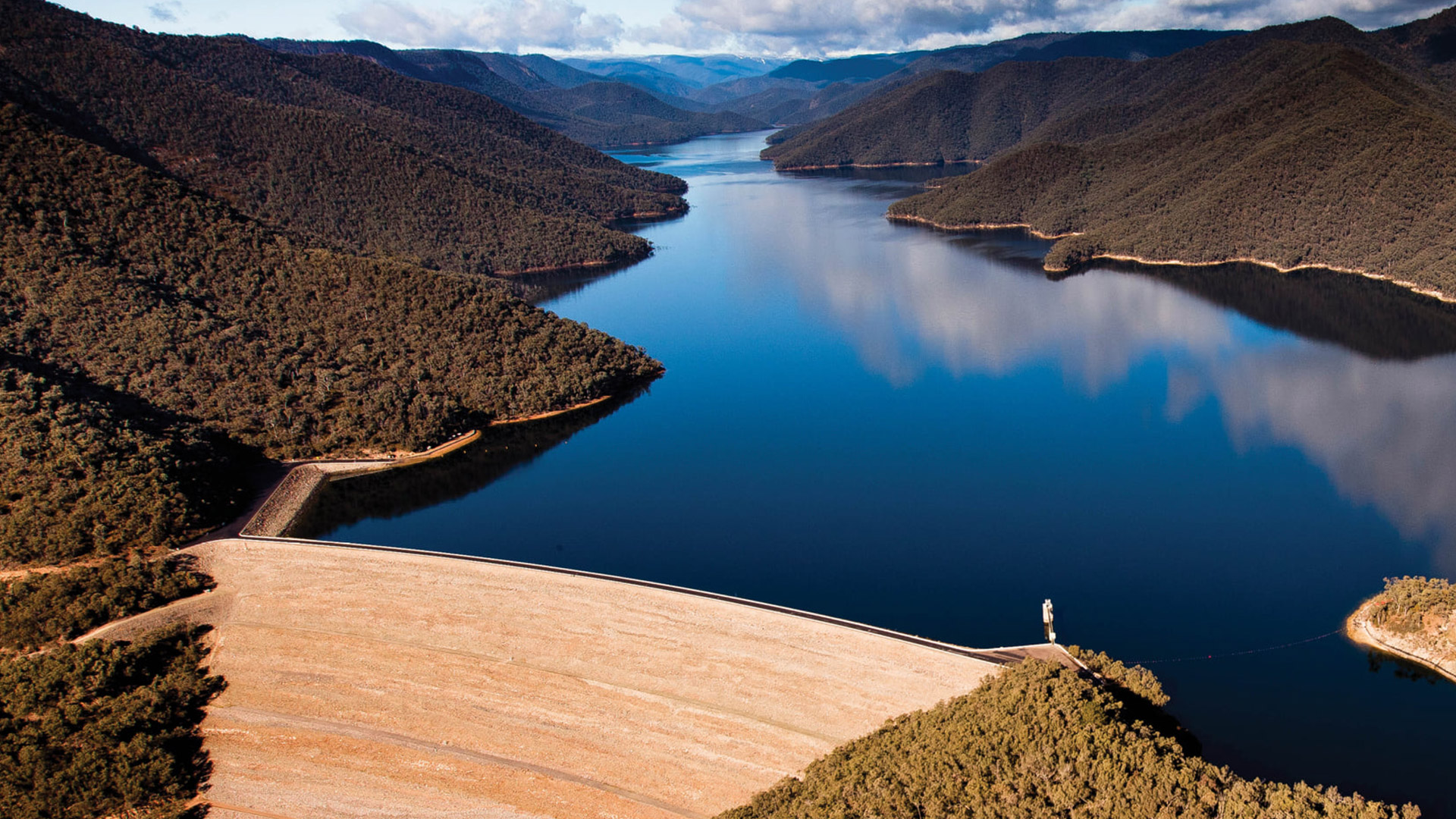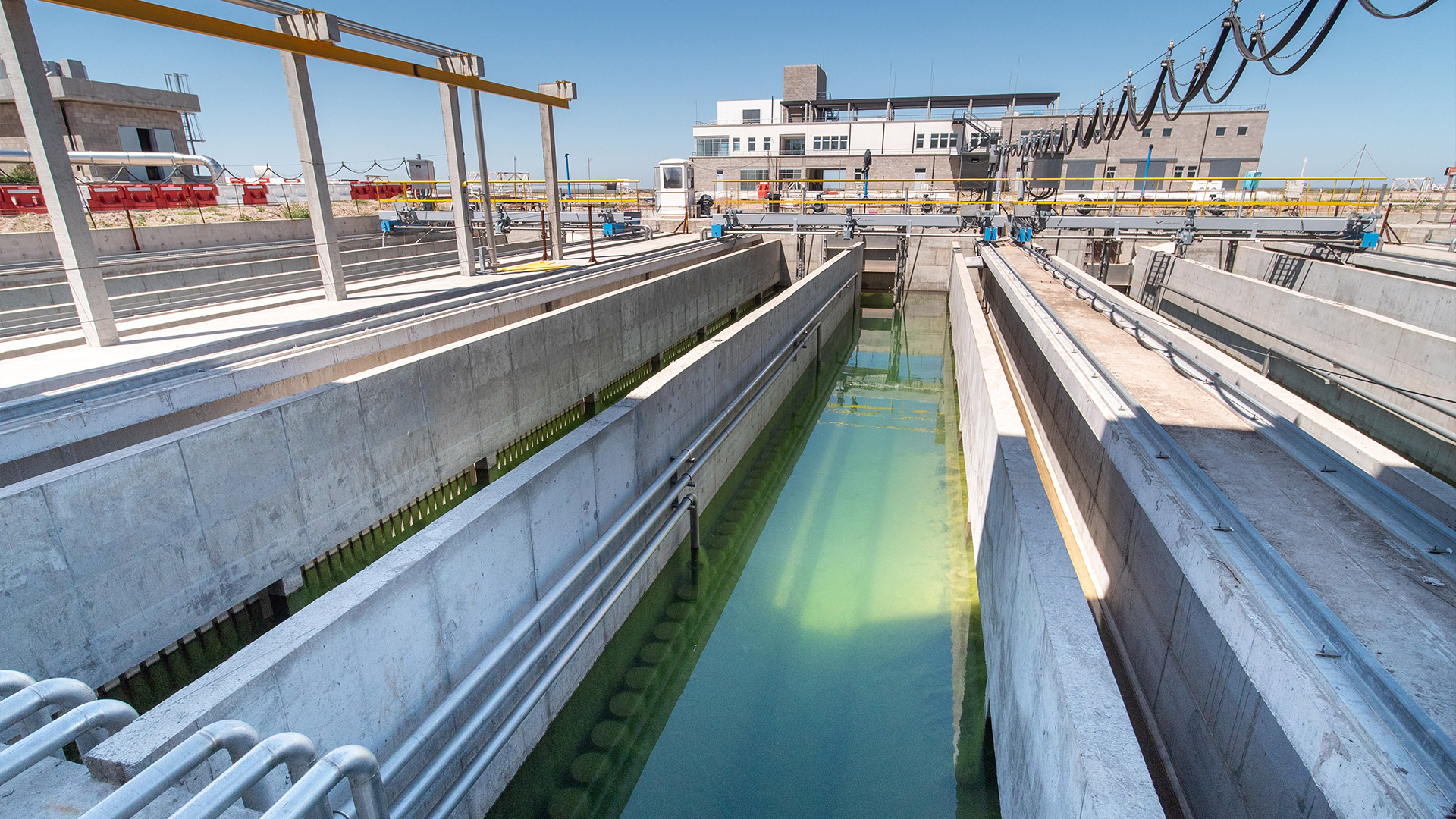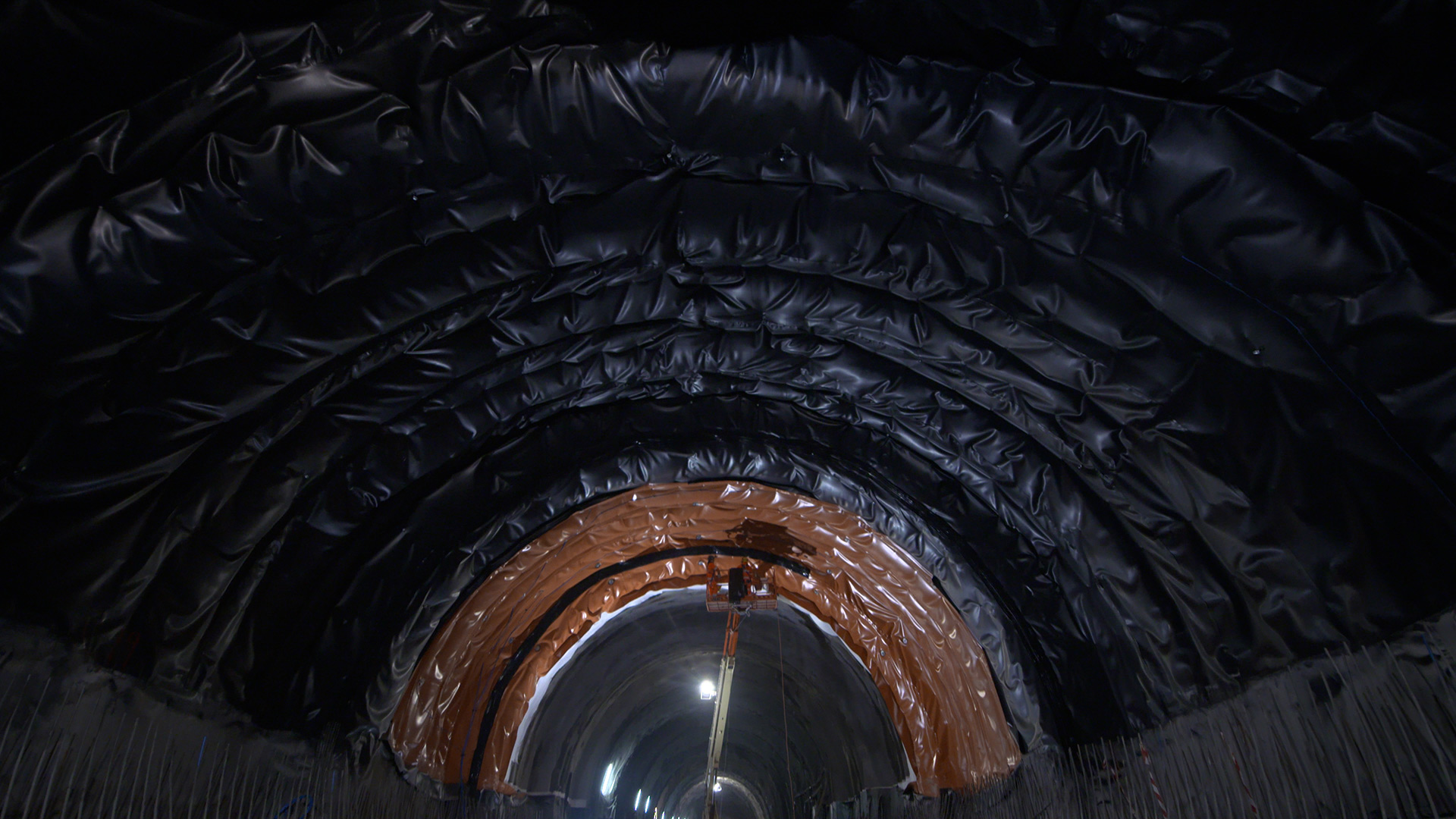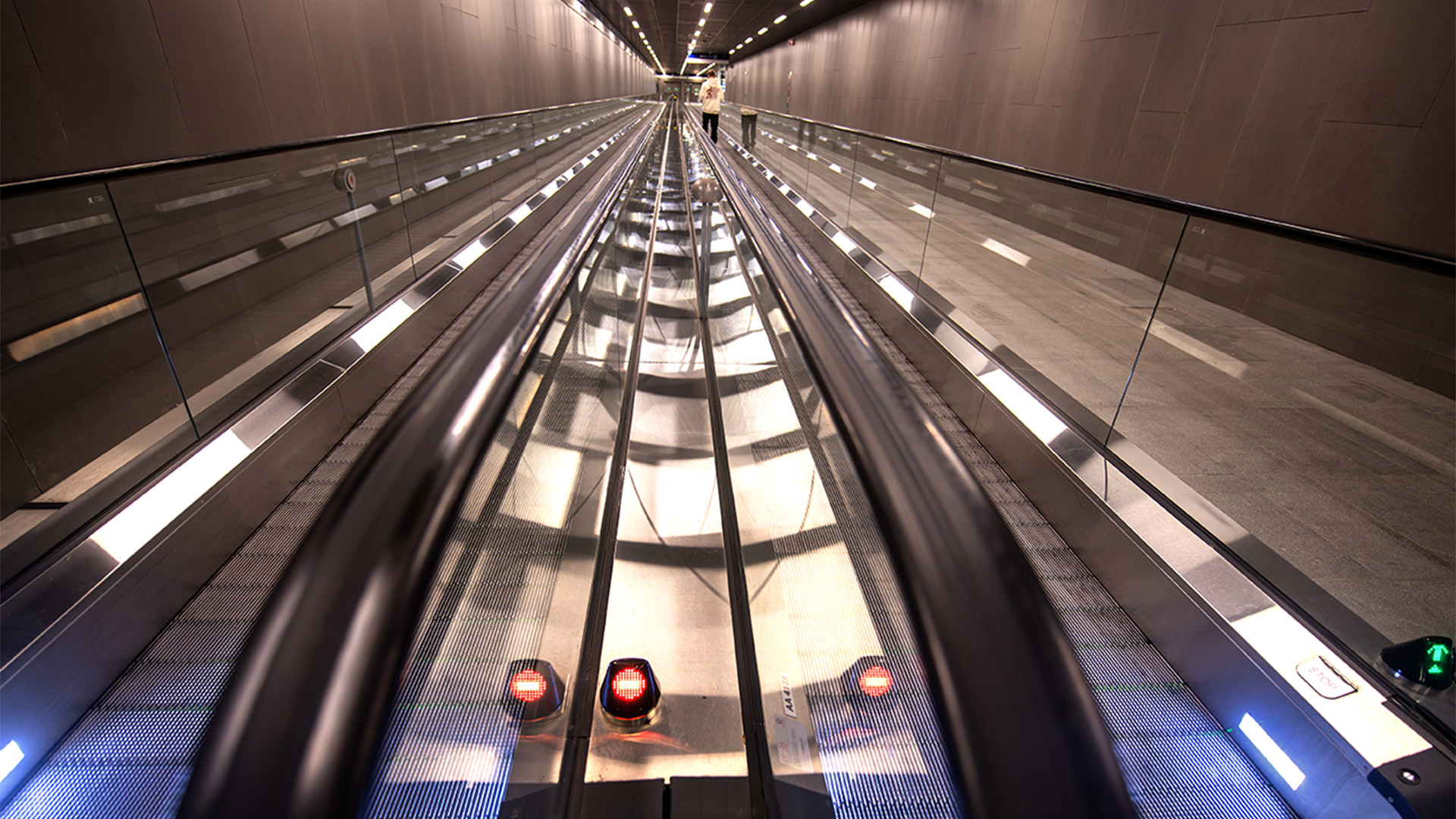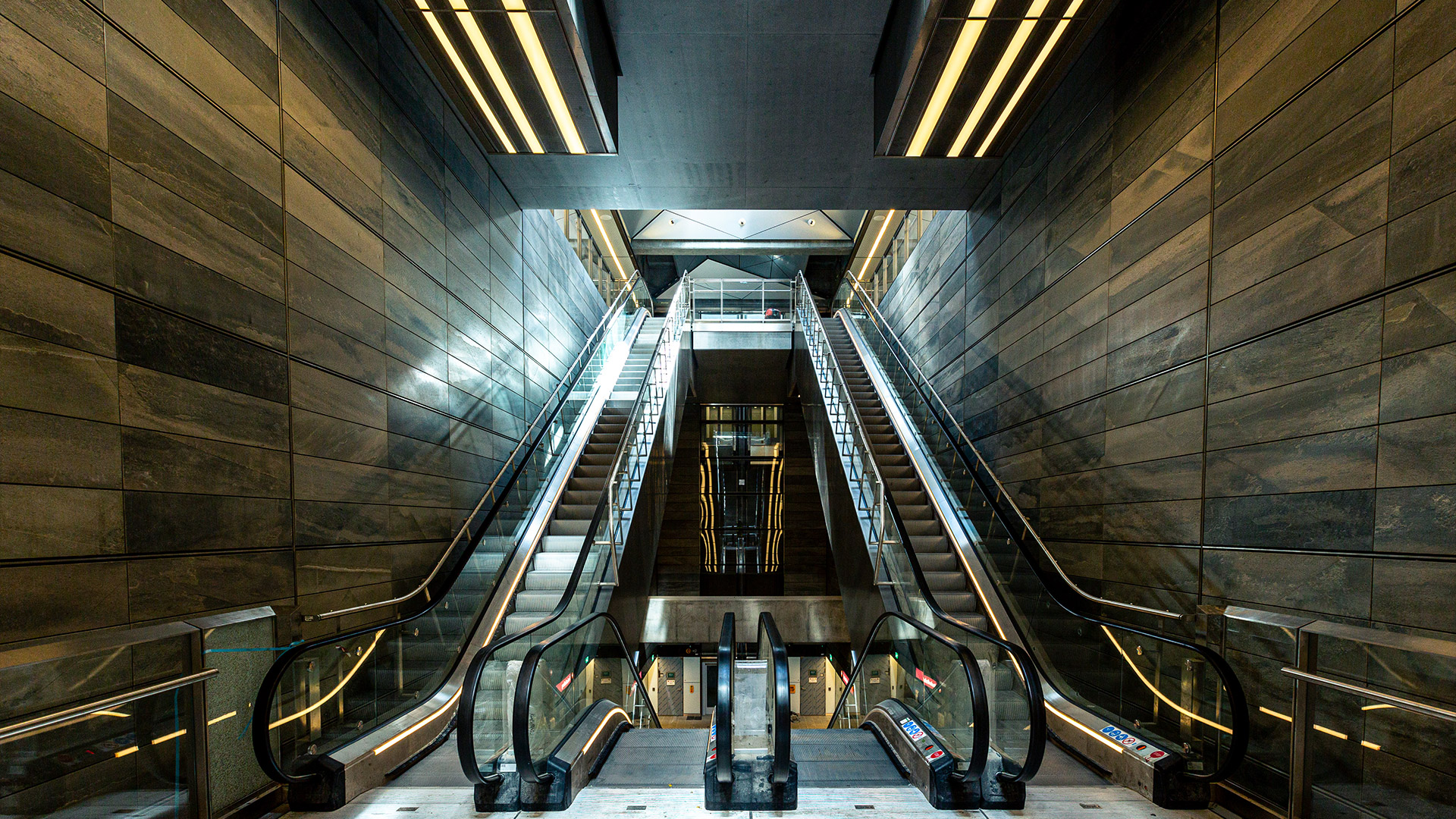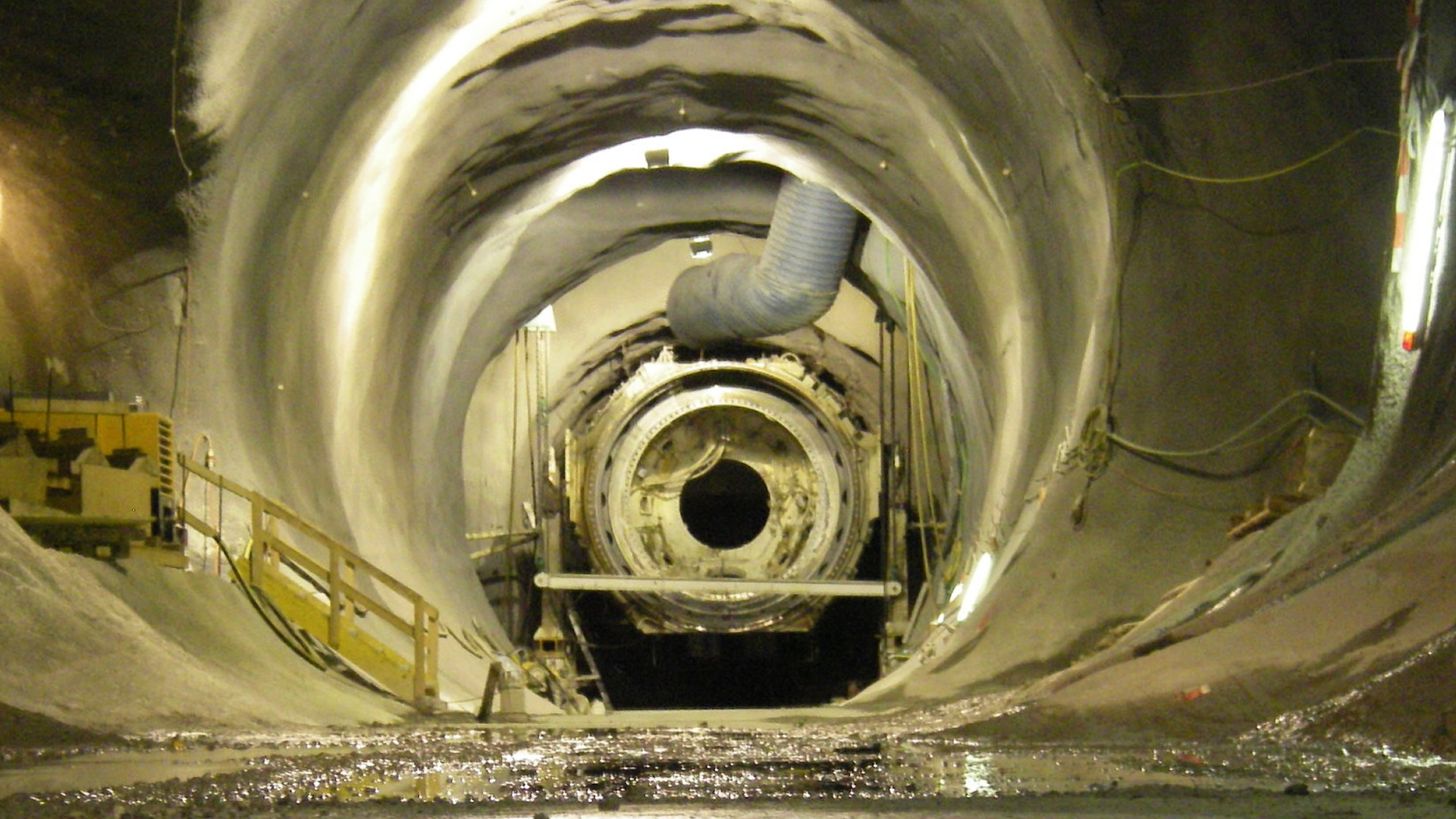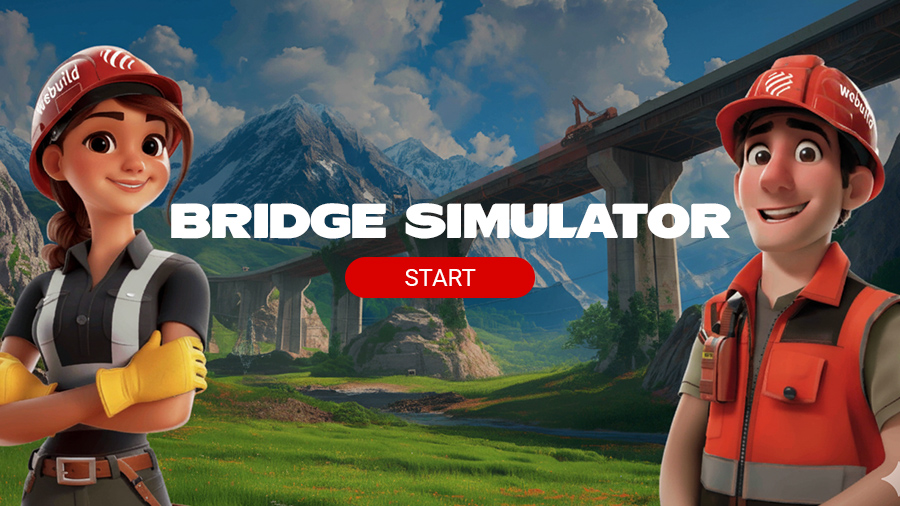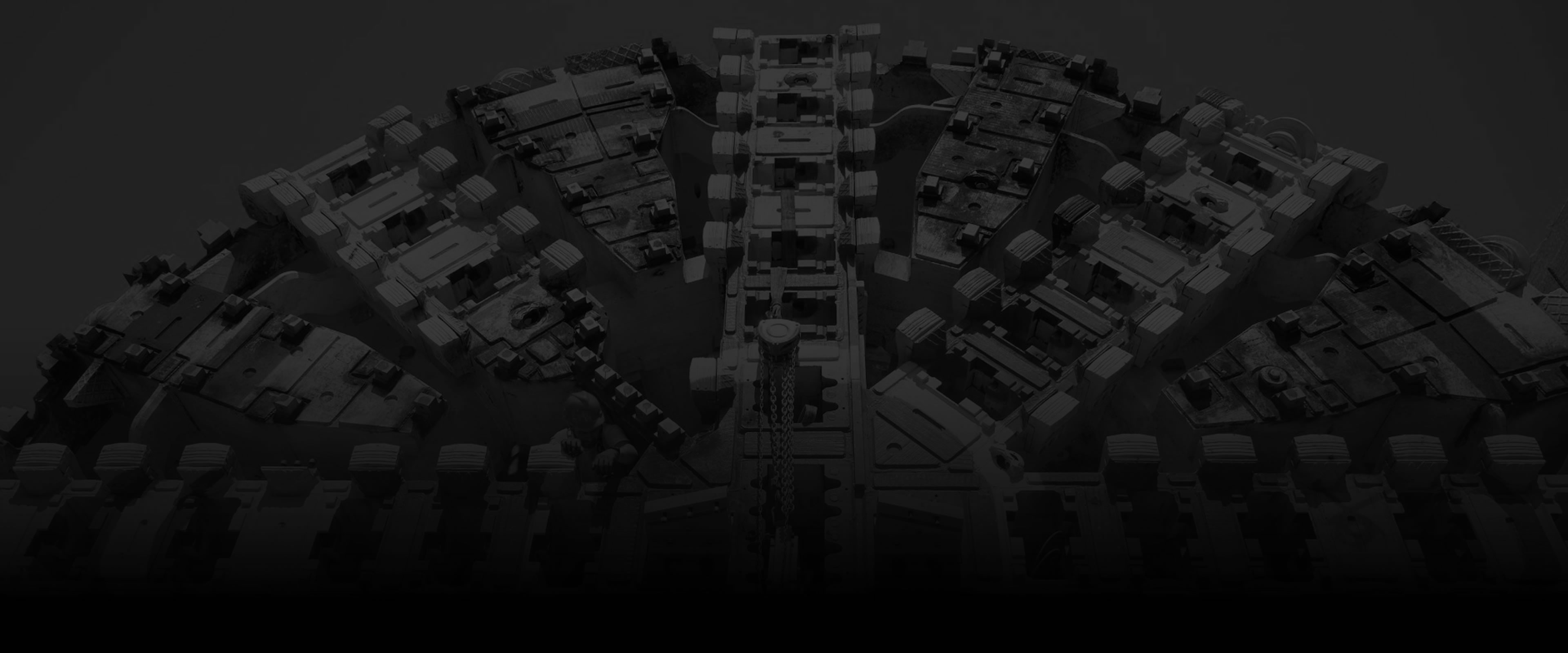
Do you know what a TBM is?
A Tunnel Boring Machine, also known as a mechanical mole, is a massive machine capable of excavating tunnels, lining them internally and removing the excavated material generated during operations. They are nothing short of giants, measuring more than 150 metres in length (equivalent to 1.5 football pitches!) and weighing over 2,500 tonnes (the equivalent of about 45 high-speed passenger train carriages!).
Where ground conditions allow, these giants are used to perform what is known as mechanised excavation: TBMs make it possible to completely ‘mechanise’ both the excavation and the internal lining of the tunnels they create (this technique is used as an alternative to traditional excavation techniques).
TBMs are used to build railway and road tunnels, metros, and hydraulic works, as well as for mining and geothermal extraction projects.

Used for the construction of some of the longest and most advanced tunnels in the world, as the TBM passes through, the tunnel is practically finished and ready to be equipped with whatever is required to make it function (rails, technological installations, signalling and signage).
Due to their high levels of productivity and versatility, tunnel boring machines are now the most widely used method for constructing tunnels. Indeed, a TBM can be used in a wide variety of terrains (sandy or clayey soils, ground made from plutonic or volcanic, metamorphic or sedimentary rocks), which allows it to operate efficiently, without disrupting surface activities (the ideal solution, for example, for densely populated urban areas), as well as in complete safety and with a reduced environmental impact.
It takes about 10 months to build a TBM, with 80 people then required to properly operate it, including 60 miners, experts in working underground, as well as about 20 specialised technicians and staff who shuttle between the tunnel itself and the operational centre outside the tunnel.
A TBM can excavate an average of around 15-20 metres per day, depending on the geological conditions it is operating in.
Discover how a Tunnel Boring Machine is built and how it works, and why it is the fastest, safest and most efficient way to excavate.
How is a TBM built and how does it work?
TBMs are made up of three main parts: the cutter head (front part) which is motorised, the shield (middle part) and the thrust system (rear part).
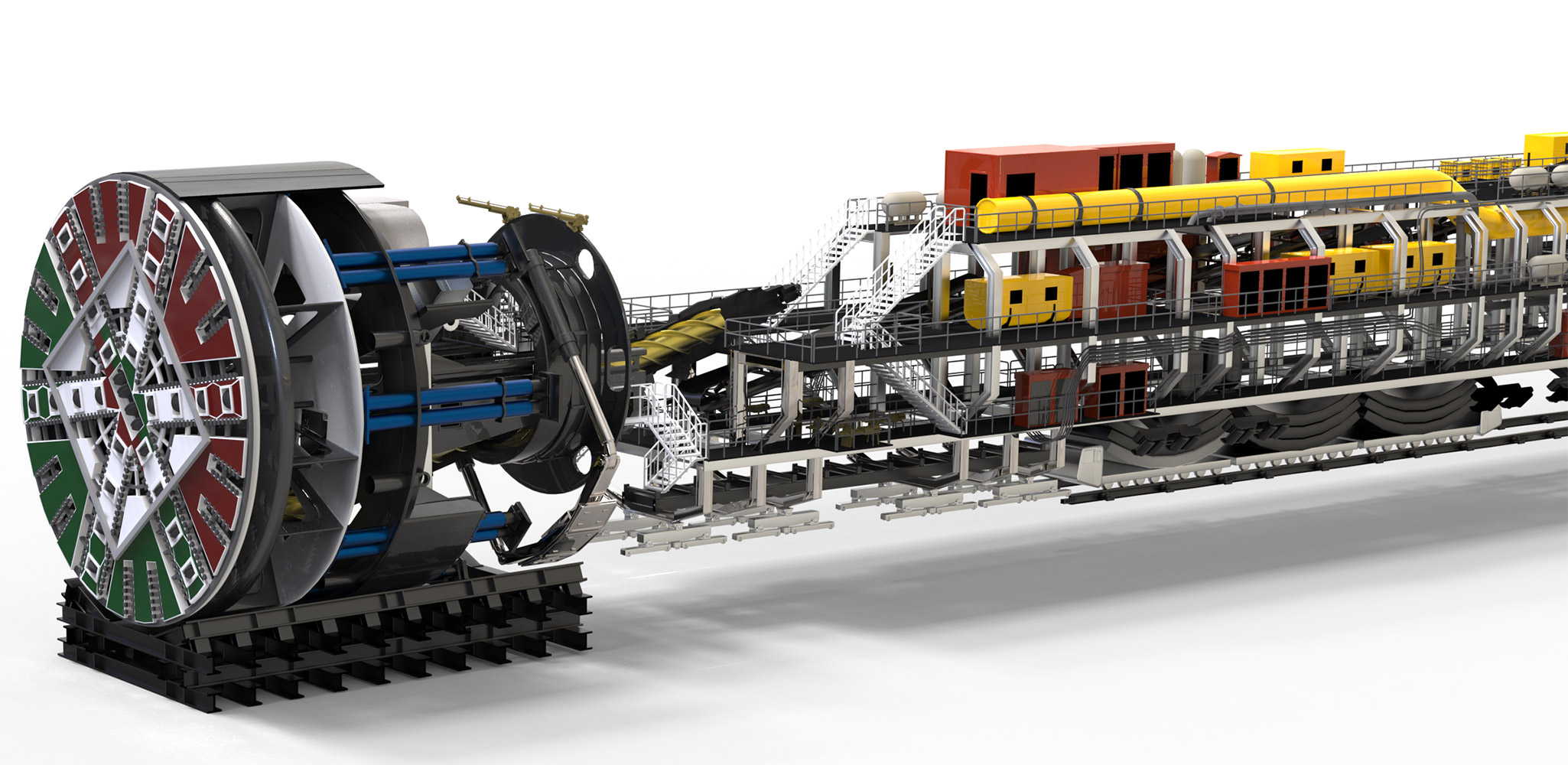
Types of TBM
There are different models of TBMs, each specially designed to handle different types of terrain. Once the properties have been established and the most suitable type of machine has been selected, the necessary customisation options are then designed, such as the design and diameter of the cutter head, the power, or the type of shield.
That is why each and every TBM is virtually unique!
The types are mainly divided into two families: Hard Rock TBMs and Soft Ground TBMs.
Hard Rock TBMs
These are used to deal with hard, stable rocks such as granite, basalt and gneiss. These are the main TBM types that fall into this category:
These are the preferred option when dealing with stable rock faces that require the installation of rock bolts, shotcrete, wire mesh and potentially metal ribs. The Gripper TBM is described as ‘open’ because it has no shield. It does not install the concrete segments.
A TBM of this type, with a diameter of 9.3m, was used for the 57km-long Gotthard Railway Base Tunnel in Switzerland.
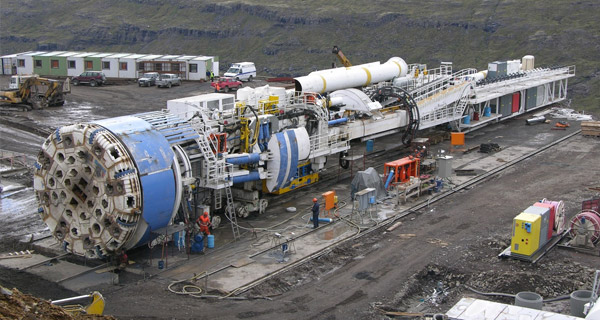
This is predominantly used in rocky terrain. It was developed and patented in the early 1970s by SELI (part of the Webuild Group) in partnership with Robbins, an American company. A Double-Shield TBM progresses through the ground with a telescopic movement: the shielded part is divided into two sections, which move like a pair of nested tubes; the rear section is anchored to the walls of the tunnel and pushes the cutter head forwards.
It is the only machine capable of installing the concrete segments during the excavation phase, making it very fast and allowing it to complete tunnel construction work in record time.
Double-Shield TBMs with a diameter of 10.71m were used by the Webuild Group for the tunnel of the Mohale Hydroelectric Plant in Lesotho and the Brenner Base Tunnel.
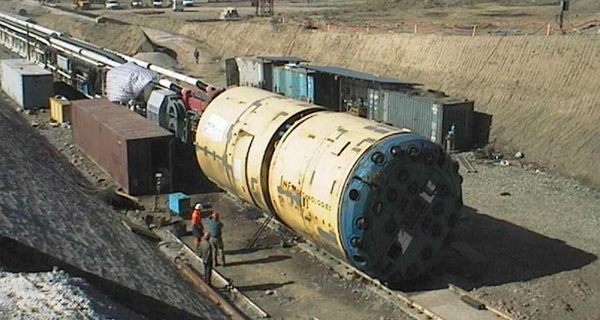
More common than its double-shielded twin, it is generally used in conditions where the excavation face is largely stable. It uses a rotating head that cuts through the ground in order to move forward.
This type of TBM has a single shield within which the concrete segments are safely created. They are then installed during the periods when the machine is not actively excavating.
One of the three TBMs being used by Webuild in the Snowy 2.0 hydroelectric project in Australia is a Single-Shield, and as one of the most advanced TBMs in the world, it is capable of excavating on a 47% uphill and 9% downhill incline.
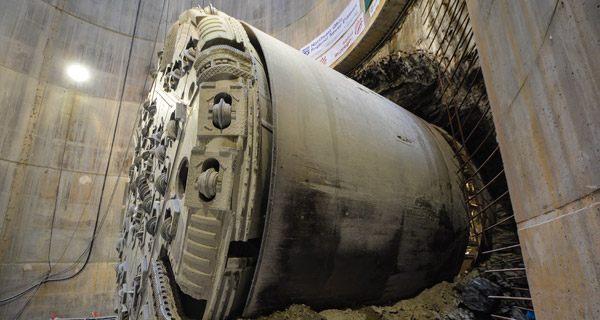
Soft Ground TBMs
These machines are used when dealing with all types of soil. The main types are:
This is the most widely used type. It is used in the presence of soft or medium-soft soils, such as when excavating under an aquifer, or when working in urban areas, because it minimises the impact of excavation above the surface.
This type of TBM advances by stabilising the excavation face by harnessing the pressure of the excavated material: the spoil is actually collected in the excavation chamber and held at a controlled pressure that can counteract the external pressure exerted by the surrounding ground.
The recent use of innovative soil-compacting foams has greatly broadened the potential use cases of this type of TBM, making them suitable not only for clayey, loamy or sandy soils, but also for fine gravel, making them by far the most versatile all-rounder machines for excavation works.
The EPB TBMs that Webuild will use in the North East Link road project in Australia will be some of the largest in the world, with a diameter of 15.5 metres (slightly higher than a five-storey building!).
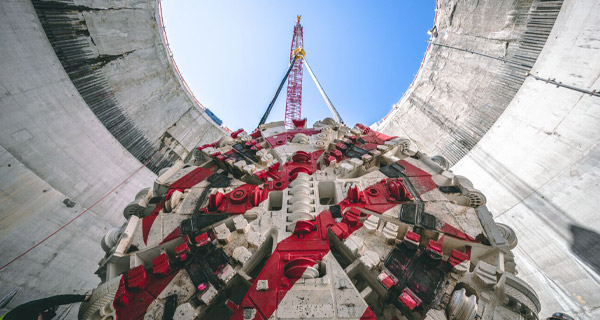
This is used when tackling sand, gravel and high permeability - but also in the case of high water pressure. It is normally used in conjunction with a sludge separation and treatment facility on the surface, which handles the waste material from the TBM.
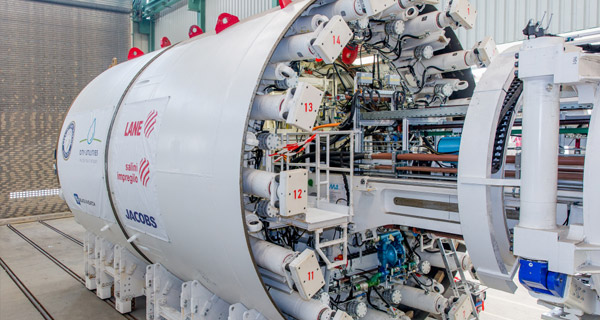
These are some of the most innovative mechanised excavation machines currently in use. They are used when dealing with non-homogeneous soils, when there can be significant geological changes along the route of the tunnel. They combine the features of an EPB and other types of TBM, such as a Single-Shield. In this case, the TBM can excavate in EPB mode when moving through soft soils, whilst when it is not under pressure, it can be used as a Single-Shield, allowing it to tackle rock formations.
A Multi-Mode TBM is one of the three machines being used in Italy for excavation of the Fortezza-Ponte Gardena railway line, currently under construction by Webuild to provide southern access to the Brenner Base Tunnel, the railway link between Munich and Verona.
During the extremely challenging excavation of the Lake Mead Intake Hydraulic Tunnel, this type of TBM was also used. In this case, the hydrostatic pressure reached an upper limit of 15 bar, which remains to this day the world record for high-pressure mechanised excavation.
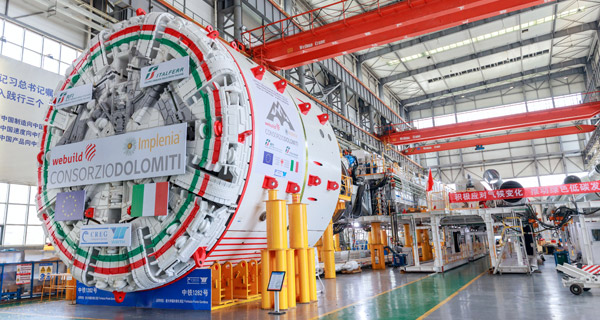
This type of TBM combines the features of the EPB and Slurry Shield variants. These moles are used in unstable face conditions and have a pressurised excavation chamber and working chamber.
Two TBMs of this type, each more than 7m in diameter, were used to construct the Forrestfield-Airport Link Project in Perth, Western Australia (now the Airport Line).
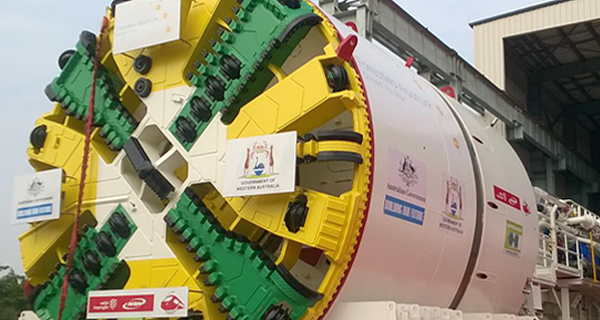
The TBM team
People play a crucial role in the use of a TBM. In addition to the machine’s design, the machine houses a team comprising between 14 and 20 operators per shift, depending on the specific machine type.
Leading the team is the shift foreman who is in charge of operations and who draws on the skills of an engineer, a TBM pilot/operator, an erector operator (in charge of installing, assembling and supporting the ‘erection’ operations for the tunnel lining structures) along with two assistants, a grouting pump operator along with two assistants, a team in charge of the conveyor belts, pipes, and lines, and lastly a mechanic and an electrician specialising in TBMs.
In addition to these, there are two or three train operators and external staff.


